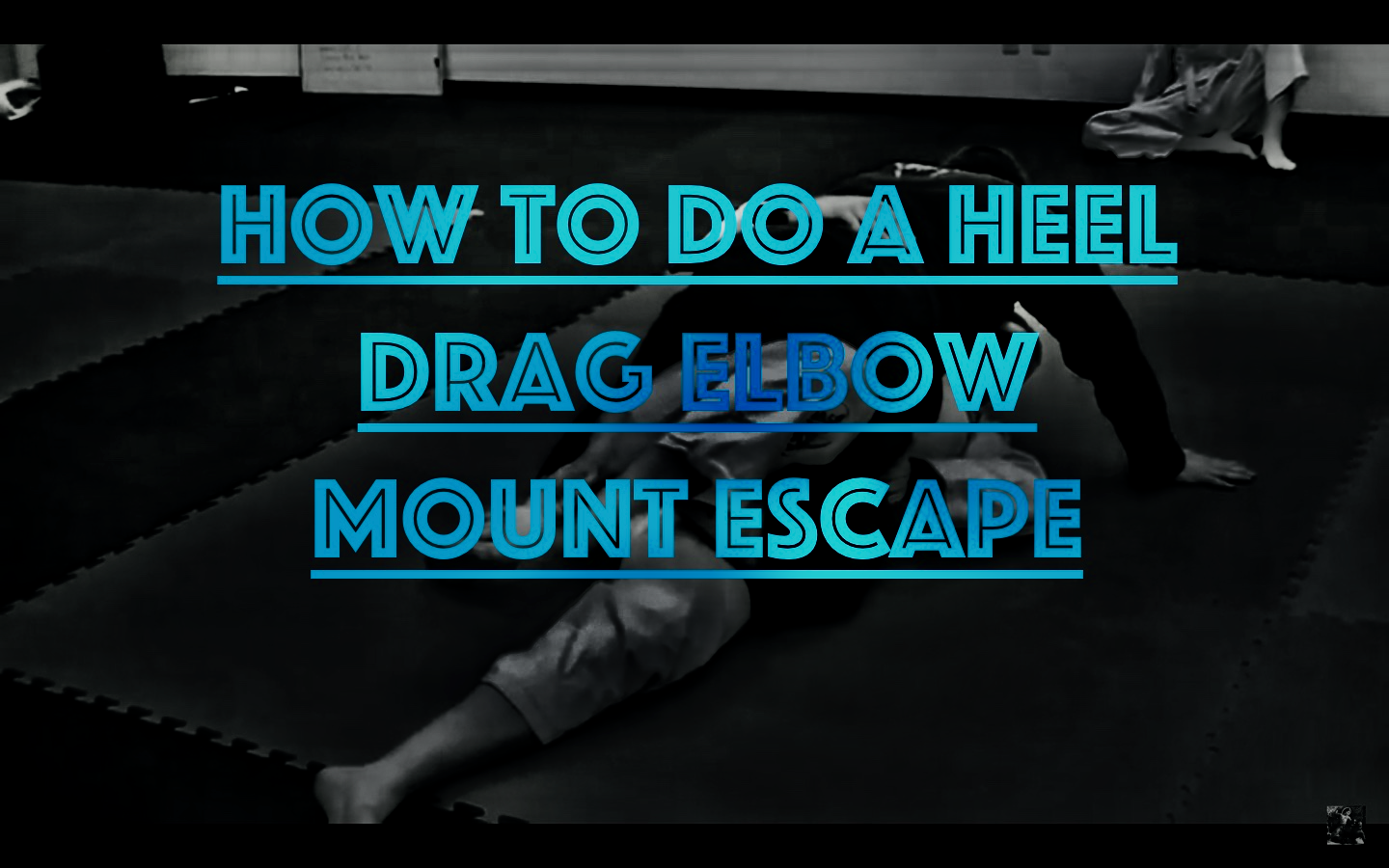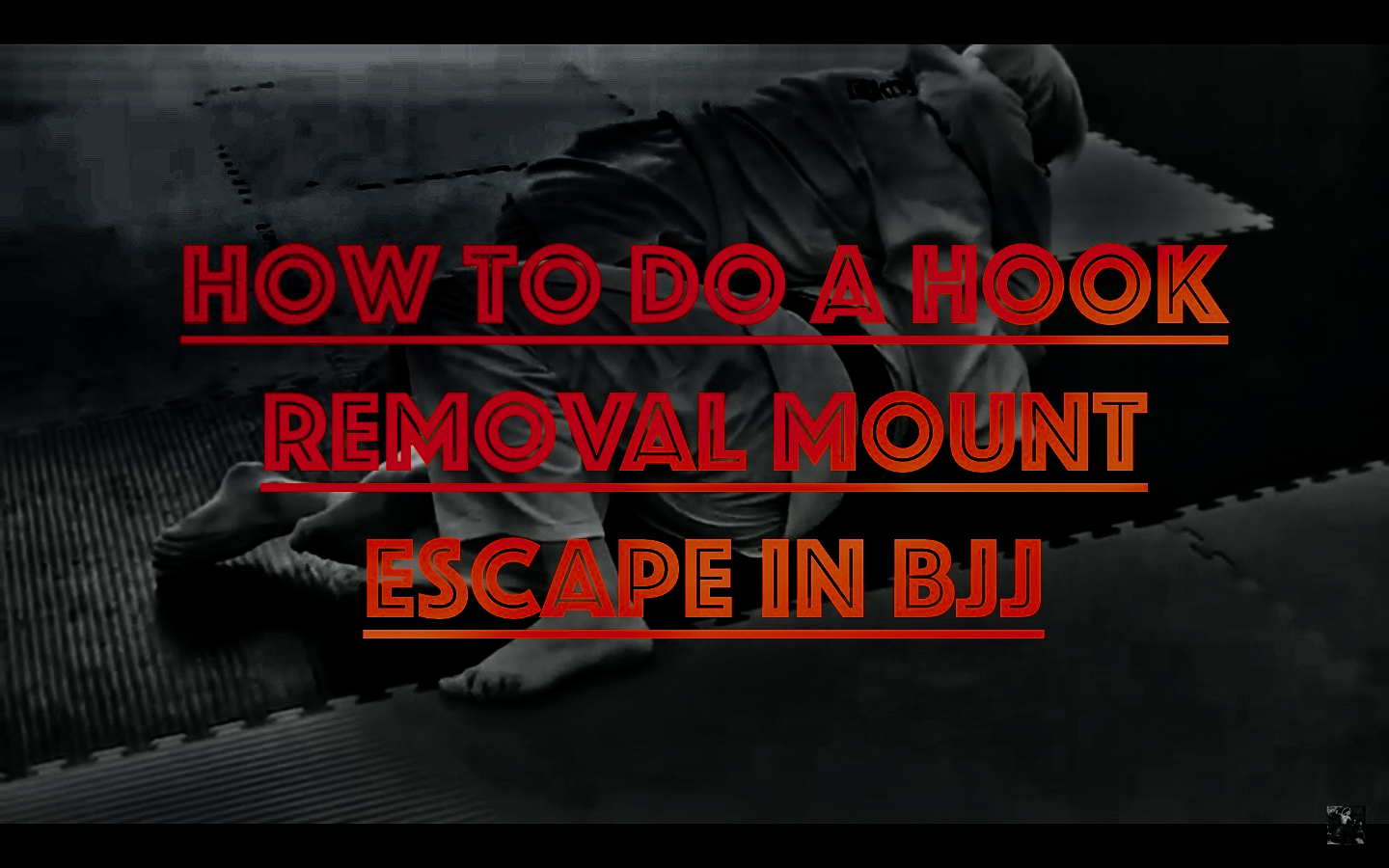
Maintaining the mount in BJJ is an important skill to have. There isn’t much in Brazilian Jiu-Jitsu that’s more frustrating than fighting with your opponent, knocking them back, passing their guard, passing their half guard, maintaining side control, and finally passing to mount only to have them use one of the many mount escapes to roll you onto your back or reclaim their guard.
The mount escape game in BJJ has so many options that it’s almost as important to know how to maintain your mount when your opponent is desperately trying to escape. Having good mount retention allows you to stay mounted long enough to attempt one of the many submissions from mount.
The mount anchor and base drill will teach you essential mount retention techniques.
Start: Mount with arms posted over opponent’s shoulders to both sides of their head
Step 1: Bring your feet together underneath opponent’s knees
Step 2: Drive your hips into opponent’s hips and stomach
Step 3: When opponent pushes you to one side, that side’s knee and hand both splay out as the other side foot wraps around their leg and your arm scoops their head as the anchor
End: Mount







